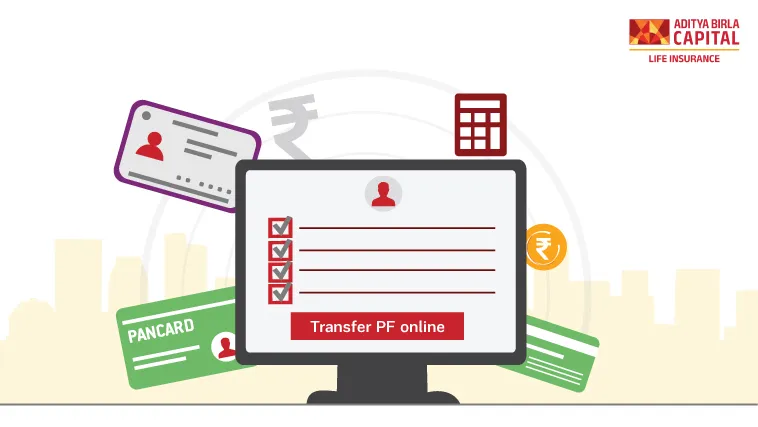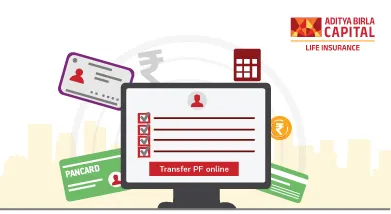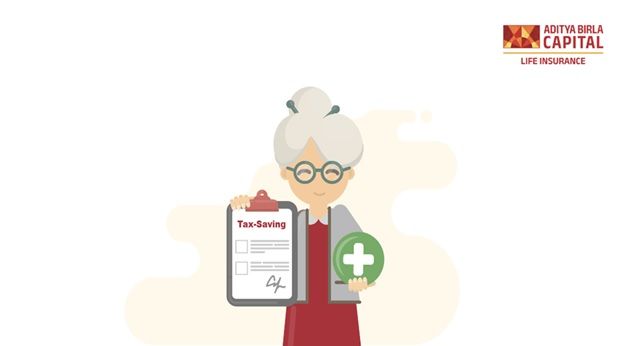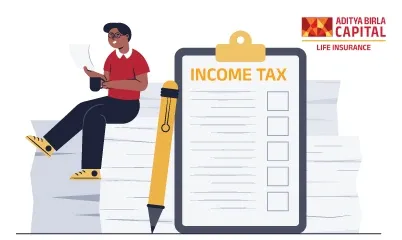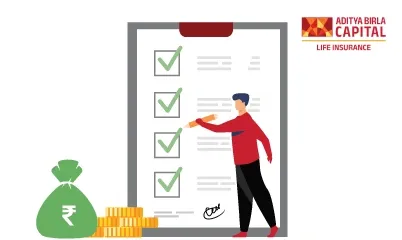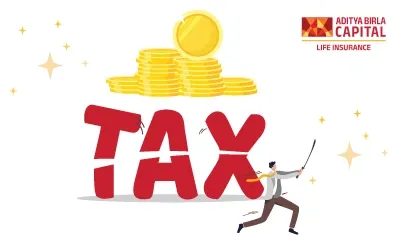Thinking about switching jobs and worried about what happens to your Provident Fund (PF) savings? You're not alone! Many of us find ourselves in this situation but here's some good news: transferring your PF account online is simpler than you might think. It's a straightforward process that ensures your hard-earned savings continue to grow, no matter where your career takes you. Let's walk through why transferring your PF is a wise decision and how you can do it with ease.
Why Transfer Your PF
Transferring your PF account when you change jobs is crucial for several reasons:
-
Continuous Interest: By transferring your PF account, you ensure that your savings continue to earn interest. This is essential for building a substantial retirement fund.
-
One Account: Managing multiple PF accounts can be cumbersome and increases the risk of losing track of your savings. Transferring your funds to a single account makes it easier to monitor and manage your retirement savings.
-
Seamless Claim Process: Having a single consolidated PF account simplifies the withdrawal process when you retire or need to claim your funds for other reasons.
In short, transferring your PF account is about keeping your savings secure, simplifying your finances, and ensuring that your retirement fund grows uninterrupted.
Eligibility Criteria to Transfer EPF
Before you initiate the transfer process, it's important to know if you're eligible. Here are the basic eligibility criteria for transferring your EPF online:
-
Universal Account Number (UAN): Your UAN must be activated, and your mobile number should be linked to it. The UAN serves as an umbrella for the various Member Identification Numbers (IDs) allotted to an individual by different employers.
-
KYC Verification: Your KYC details, including your Aadhaar, PAN, and bank details, must be verified and linked with your EPF account.
-
Previous Employment Details: Details of your previous employment, such as the PF account number and the Member ID, should be available.
Meeting these criteria ensures that the EPF transfer process is smooth and hassle-free. It's all about keeping your savings moving along with you as you progress in your career.
Steps to Transfer PF Online
Transferring your PF online has been made straightforward by the Employees' Provident Fund Organisation (EPFO). Here's how you can do it:
Step 1: Visit the EPFO Portal
Start by visiting the Unified Member Portal of the EPFO. Log in using your UAN (Universal Account Number) and password.
Step 2: Access the 'Transfer Request'
Navigate to the 'Online Services' tab and select 'Transfer Request' from the dropdown menu to generate an online transfer request.
Step 3: Verify Personal Information and PF Account
Check your personal information displayed on the screen. Ensure your current employment details, including your PF account number, are correct.
Step 4: Enter Details of Previous PF Account
You will need to enter details of your previous PF account if you wish to transfer funds. This includes the Member ID or PF account number.
Step 5: Authenticate Using OTP
To authenticate the transfer request, an OTP will be sent to the mobile number linked with your UAN. Enter the OTP to proceed.
Step 6: Employer Approval
After submitting the transfer request, your current employer needs to approve the transfer. You can track the status of your request through the EPFO portal.
Step 7: Transfer Processed
Once approved by your employer, the EPFO processes the transfer. You can check the updated status online.
Documents Required to Complete EPF Transfer:
To ensure a smooth transfer process, have the following documents ready:
-
UAN and KYC Details: Make sure your UAN is activated and KYC details are verified and updated.
-
Previous PF Account Number: Details of your previous PF account that you wish to transfer.
-
Personal Identification Documents: Although the online process is primarily verified through UAN and OTP, keep personal identification documents handy in case of discrepancies or further verification needs.
What is the Use of UAN for Online Transfer of PF?
The Universal Account Number (UAN) plays a pivotal role in the online transfer of PF for several reasons:
-
Simplifies Management: UAN allows you to manage multiple PF accounts under a single umbrella, making transfers and withdrawals easier.
-
Facilitates Seamless Transfer: With a UAN, transferring your PF from one employer to another is streamlined, as all PF accounts can be linked to this single number.
-
Ensures Continuity: It helps in maintaining the continuity of your PF account, ensuring that you don't lose out on the interest your money earns over time.
-
Online Verification and Approval: UAN enables online verification and approval of your PF transfer requests, making the process faster and more efficient.
The UAN is essentially your identity in the EPF ecosystem, making it easier for you to manage your PF accounts and ensuring a seamless transition when you change jobs.
How to Check the Status of PF Transfer
Keeping track of your PF transfer status is easy and can be done online with a few simple steps:
Step 1: Visit the EPFO Portal
Go to the EPFO's Unified Member Portal and log in using your UAN and password.
Step 2: Select 'Track Claim Status'
Under the 'Online Services' tab, click on 'Track Claim Status'. You do not need to enter any further details as your UAN is already linked to all your PF accounts.
Step 3: View Status
The status of your PF transfer request will be displayed on the screen. You can see whether it's still being processed, and approved, or if any action is required from your end.
This online tool allows you to monitor the progress of your PF transfer request conveniently, ensuring you're always updated on its status.
Why Transfer from EPF to NPS
Transferring funds from the Employees' Provident Fund (EPF) to the National Pension System (NPS) is a choice some individuals make to take advantage of the NPS's market-linked returns and potentially higher pension benefits. Here’s why you might consider it:
-
Diversification: NPS invests in a mix of equities, corporate bonds, and government securities, offering the potential for higher returns compared to the traditionally safer EPF.
-
Flexible Withdrawals: NPS allows partial withdrawals under specific conditions, providing some liquidity.
-
Tax Benefits*: Contributions to NPS are eligible for additional tax deductions under Section 80CCD, which is over and above the deduction available under Section 80C for EPF.
It's important to note that this transfer is a one-way process and requires careful consideration of your financial goals and retirement plans.
Benefits of Transferring PF
Transferring your PF when you switch jobs has several advantages:
-
Uninterrupted Interest Accumulation: Your PF continues to earn interest, helping grow your retirement corpus without any break.
-
Consolidation of Savings: Managing one PF account is easier and more efficient than handling multiple accounts from different employment periods.
-
Ease of Withdrawal: A single consolidated account simplifies the withdrawal process, whether you’re retiring, buying a home, or facing a financial emergency.
-
Continued Insurance Cover: The Employees’ Deposit Linked Insurance (EDLI) scheme provides an insurance cover for the PF account holder, which continues with the transfer of the PF account.
Transferring your PF ensures that your retirement savings are not just safe but are also working for you, growing steadily until you need them. It's a step towards financial security and peace of mind in your retirement years.
Form 13 EPF Status
Form 13 is used for transferring your PF account from one employer to another. To check the status of your Form 13 submission:
-
Log in to the EPFO Portal: Use your UAN and password to access the Unified Member Portal.
-
Navigate to 'Online Services': Select 'Track Claim Status' from the dropdown menu.
-
View Transfer Claim Status: The status of your Form 13 transfer request will be displayed, indicating whether it has been processed, is pending, or if any further action is needed from your side.
Checking the status of Form 13 online is straightforward and keeps you informed about the progress of your PF account transfer.
Form 10C, EPF Claim Status
Form 10C is utilised to claim benefits under the Employees' Pension Scheme (EPS) or to withdraw PF under certain conditions. To check the status of a Form 10C claim:
-
Access the EPFO Portal: Log in using your UAN and password.
-
Go to 'Online Services': Choose 'Track Claim Status'.
-
Review Claim Status: The portal will display the current status of your Form 10C claim, providing details on whether it has been settled, is under process, or requires additional documentation.
This process enables you to monitor the progress of your EPS or PF withdrawal claim efficiently.
Form 10D, EPF Claim Status
Form 10D is used for claiming the monthly pension under the Employees' Pension Scheme by the member or nominee after the member's demise. To check the status of a Form 10D claim:
-
Visit the EPFO Portal: Enter your UAN and password to log in.
-
Select 'Online Services': Then, click on 'Track Claim Status'.
-
Observe Claim Status: You'll be able to see whether your Form 10D pension claim has been processed, is in progress, or if there's any requirement for additional information or documents.
Staying updated on the status of your Form 10D claim helps ensure that you or your nominee can smoothly navigate the pension claim process.
Form 13 vs Form 10C vs Form 10D
| Feature | Form 13 | Form 10C | Form 10D |
|---|
| Purpose | Used for transferring PF accounts from one employer to another. | Applied to claim withdrawal benefit/scheme certificate under the Employees' Pension Scheme (EPS) or PF withdrawal. | Utilised for claiming monthly pension under the Employees' Pension Scheme by a member or nominee. |
| Who Should Use | Employees changing jobs who wish to transfer their PF balance to the new employer's PF account. | Employees who are retiring, leaving service before retirement due to disability, or beneficiaries of deceased employees. | Retired employees eligible for a pension, or nominees/family members of a deceased employee are eligible for the pension. |
| Key Benefit | Ensures continuity of PF account and accumulation of interest without starting a new account. | Allows withdrawal of PF funds or securing a scheme certificate for future pension. | Provides a monthly pension to the retiree or family/nominee in case of the member's death. |
| When to Submit | After joining a new employer and before or at the time of submitting the PF details to the new employer. | At the time of retirement or when you wish to withdraw your PF due to leaving employment. | At the time of retirement for pension initiation or after the death of the member for nominee/family pension. |
Each form serves a unique purpose, tailored to different stages of your employment and post-retirement life. By leveraging these forms appropriately, you can ensure that your transition between employers, withdrawal of PF funds, or receipt of pension benefits is as seamless and beneficial as possible.
Conclusion
The Employees' Provident Fund Organisation (EPFO) has streamlined its processes to be more user-friendly and accessible, enabling members to manage their accounts and claims with ease. Whether you're moving to a new job, retiring, or planning for your family's future, understanding how to use these forms effectively can significantly impact your financial security and peace of mind.

